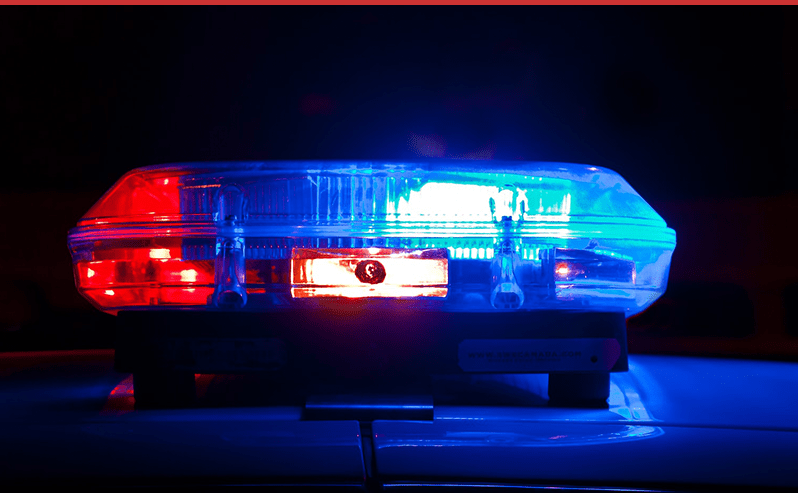
Best Practices for Preparing for and Communicating during Active Shooter Incidents
Active shooter scenarios quickly create high levels of fear, stress and panic. In crowded environments like shopping malls, universities or houses of worship, a panicked response can lead to increased danger. Unfortunately, most of us don’t know what to do when faced with an active shooter situation.
Communicating while under pressure during an active shooter scenario is key for reducing injuries and fatalities. However, not everyone knows how — or has the resources necessary — to communicate effectively during an active shooter event. You need a strategy in place before an active shooting occurs so that you know exactly what you need to do on the spot in order to keep your team safe. Read on for more information about active shooter communication plans and how they can help you prepare for extreme situations like this one.
Create a Plan Before an Active Shooter Incident Occurs
If you’re in the middle of an active shooter incident, you’ll need to quickly assess the situation and follow a plan of action. The best way to do this is to plan ahead. The police and sheriff’s office of your jurisdiction can be a great resource for learning more about potential active shooter situations in your area and how to secure your facility so that people are protected.
With their help, you can create a plan of action that suits your specific needs. If you live in a city, it’s a good idea to keep a close eye on local media. If there’s a rise in suspicious activity or reports of an ongoing incident, it’s essential to stay indoors until law enforcement can advise you otherwise. If an incident happens outside of city limits, it’s even more important to follow local law enforcement’s instructions.
Quickly determine the most reasonable way to protect your own life. Remember that customers and clients are likely to follow the lead of employees and managers during an active shooter situation. The following are steps to consider for your plan.
- Evacuate
- Hideout
- Take action against the shooter
You should also consider actions you can take before a potential mass-casualty event arises. For example:
- Stay alert. Always be aware of your environment and any possible dangers.
- Observe warning signs.
- Have an exit plan.
- Learn lifesaving skills.
Know Your Active Shooter Drill Safety Precautions
As you plan for an active shooter incident, it’s important to keep in mind the safety precautions you want and are able to take. One of the most effective things to do when preparing for an active shooter is to practice your safety precautions. It’s imperative to stay calm during an active shooter incident. But, it’s easy and understandable to feel overwhelmed. Understanding this can lead to mistakes, it’s recommended that individuals follow the appropriate safety precautions and know them well ahead of a violent situation.
Work with your team on formulating a safety plan for a number of situations. With the case of active shooter scenarios, you may wish to conduct drills on-site, review times for action and establish safe areas within your facility. It’s also helpful to identify areas of potential weaknesses such as un-monitored entries or public areas with blind spots. Making corrections to weaknesses, communicating safety plans and remaining alert are all helpful measures when a potential shooter threatens.
Practice Your Communication Plan
During an active shooter incident, you’ll want to be able to communicate with others quickly and accurately. Depending on how the situation evolves, you may also need to communicate with others outside of the building you’re in, or even people outside of the city. You’ll want to make sure you have all of the proper equipment to make this possible, as well as a reliable platform that you can count on such as Regroup.
Furthermore, you’ll want to practice communicating with the people you’ll need to be in touch with during an active shooter incident. You’ll want to determine who you’ll need to communicate with, what information you’ll need to relay, and what actions you’ll need to take in response to that information.
It’s a good idea to take time to think through this process or practice during a drill. While it’s very important to be able to communicate during an active shooter incident, it’s also essential that you can do so in as calm and accurate a manner as possible.
Your Next Steps
As you can see, preparing for an active shooter incident is essential. By following these steps, you can ensure that you’re as prepared as possible should an incident occur. Furthermore, you can stay as safe as possible and avoid becoming a victim of a violent crime. While active shooter incidents are relatively rare, they do happen. Book a free demo with Regroup to find out the ways we can help your organization stay safe.
Table of Contents
Categories
- Regroup Product Guides
- Disaster Recovery
- Employee Safety
- Routine Communications
- Mass Notification
- Critical Event Management
- Emergency Preparedness
- Corporate
- Insurance
- Business Continuity
- Business
- Education
- Uncategorized
- Nonprofit
- Healthcare
- Hospitality
- Government & Public Services
- Our Clients
- Awards
- COVID-19
- Safety & Preparedness
- Announcements